#漢字
Explore tagged Tumblr posts
Text
火火火火火火火火火火火火火火火火
火炎炎炎炎炎炎炎炎炎炎炎炎炎炎火
火炎焱焱焱焱焱焱焱焱焱焱焱焱炎火
火炎焱燚燚燚燚燚燚燚燚燚燚焱炎火
火炎焱燚 this 燚焱炎火
火炎焱燚 is 燚焱炎火
火炎焱燚 fine 🐶 燚焱炎火
火炎焱燚燚燚燚燚燚燚燚燚燚焱炎火
火炎焱焱焱焱焱焱焱焱焱焱焱焱炎火
火炎炎炎炎炎炎炎炎炎炎炎炎炎炎火
火火火火火火火火火火火火火火火火
#meme#japanese language#Japanese#kanji#漢字#visual poetry#text#japanese text#this is fine#ascii art#chinese characters
2K notes
·
View notes
Text

塩 (Salt)
皿 = dish
#詩#現代詩#poem#poetry#文学#japanese#visual poetry#実験詩#視覚詩#concrete poetry#日本語#漢字#nihongo#kanji#typography#lettering#vispo#visual poem#poésie visuelle#poesia visiva#concrete poem#poesía concreta#konkretepoesie#art#text#text art#textmode#artists on tumblr#design#タイポグラフィ
481 notes
·
View notes
Text
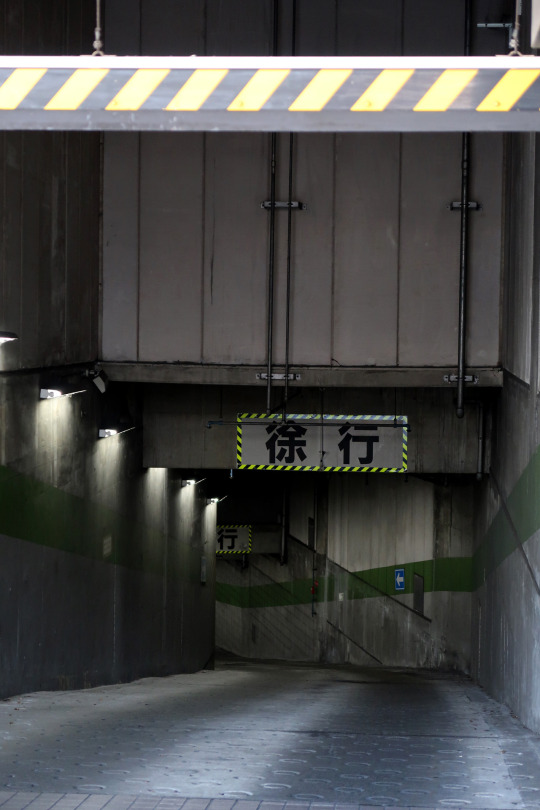
2025年1月28日12:02
87 notes
·
View notes
Text


残念な筆さばきは別としまして、この2つの漢字はなんて読むでしょうか。
答えは下の2枚の野鳥さんです。
この野鳥さんをご存知であれば、そもそも漢字の問題にはなりませんね😅


97 notes
·
View notes
Text

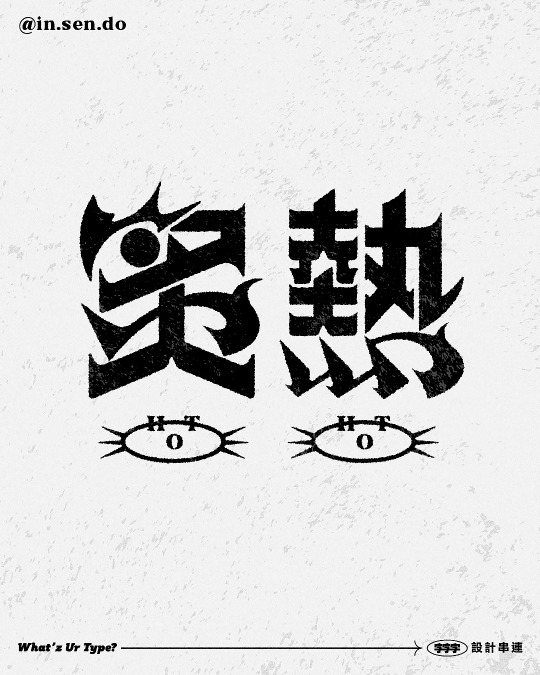
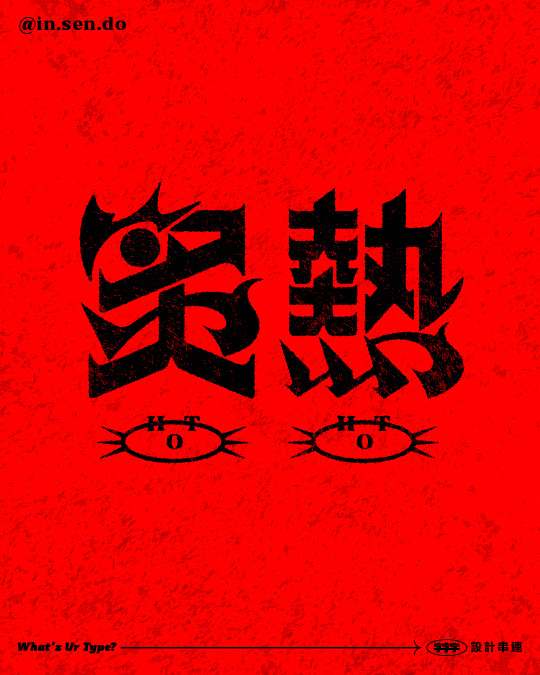
二月主題「火部任選」 - 希望炙熱的心常在, 追求夢想與所愛❤️🔥 - #whatzurtype is a monthly type design event held by @justfont The topic for this Feb - Any Chinese character consisting of the radicals “火”(Fire). The characters I chose were 炙熱(burning hot) - - -
#字字字設計串連#typedesign#lettering#graphicdesign#chinesetype#graphicradar#typography#typographic#type#logo#logodesign#logotype#customtype#goodtype#graphik#eyeondesign#coolfont#文字設計#做字#作字#標準字#字体#漢字#디자인#타이포#인생도#타이포그래피#로고#로고디자인제작
60 notes
·
View notes
Text
習
音読み シュウ
訓読み なら(う)
意味 learn
The kanji 習 is often associated with learning or with customs.
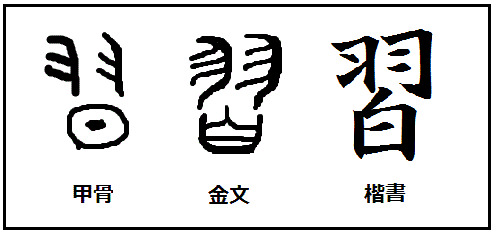
習う ならう to take lessons in; to be taught; to learn (from a teacher); to study (under a teacher); to get training in
Words ending with ~習
悪習 あくしゅう bad habit; bad custom; evil practice; vice
因習 いんしゅう convention; tired tradition; old custom (negative nuance)
演習 えんしゅう practice; exercise; drill; military exercise; seminar
慣習 かんしゅう custom; convention; common practice; becoming accustomed (to)
学習 がくしゅう study; learning; tutorial
教習 きょうしゅう training; instruction
講習 こうしゅう short course; training
実習 じっしゅう practice (in the field); training (esp. practical and hands-on); practical exercise; drill
常習 じょうしゅう custom; common practice; habit
自習 じしゅう self-study; teaching oneself; studying by oneself (at school) while the teacher is absent
独習 どくしゅう self-study; self-teaching
風習 ふうしゅう custom
復習 ふくしゅう review (of learned material); revision
補習 ほしゅう supplementary lessons
予習 よしゅう preparation for a lesson
練習 れんしゅう practice; training; drill; (an) exercise; workout
Words beginning with 習~
習慣 しゅうかん habit; (social) custom; practice; convention
習合 しゅうごう syncretism (the amalgamation of different religions, cultures, or schools of thought)
習得 しゅうとく learning; acquisition (of a skill, knowledge, etc.)
習作 しゅうさく (a) study (e.g. in music, art, sculpture, etc.); etude; practice piece
習性 しゅうせい habit; behavior; trait; nature
習字 しゅうじ penmanship; calligraphy
習熟 しゅうじゅく proficiency; mastery; becoming proficient (in)
習俗 しゅうぞく manners and customs; folkways; usage
#日本語#japanese#japanese language#japanese langblr#japanese studyblr#langblr#studyblr#語彙#単語#japanese vocabulary#漢字#kanji#tokidokitokyo#tdtstudy
63 notes
·
View notes
Text

February 10. [ 衣更着トーカ ]
37 notes
·
View notes
Text
What's In a Name? Part 26
On The Fourth Day of Fun I present... a new entry in the oldest series! Yes, we're back looking at names! Waka - 若 Prefix or Suffix: Both Old Meaning: Youth/Young New (Standardized) Meaning: Youth/Young Found In: All Five Kagai This kanji speaks of youthful vigor and is often given to girls with fresh faces! Examples 若葉 Wakaba (Gion Kobu): "Youthful Leaf," a name that brings forth images of spring and lush, green leaves. 豆若 Mamewaka (Pontocho): "Young Bean," a very karyukai name, this one also has imagery of fresh plants. 久若 Hisawaka (Kamishichiken): "Long Lived Youth," a name with wishes for long lasting youth. 若玉 Wakatama (Miyagawa Cho): "Youthful Treasure," for someone who is treasured for their youth. 鶴若 Tsuruwaka (Gion Higashi): "Young Crane," pretty straightforward. Sato/Ri - 里 Prefix or Suffix: Both Old Meaning: Village or Unit of Measurement New (Standardized) Meaning: Village Found In: All Five Kagai This kanji is used more for its sound and stroke count than its meaning and is quite common in Japanese girls' names! 豆里 Mamesato (Gion Kobu): "Bean Village," a very karyukai name that doesn't have a good literal translation to it. 市優里 Ichiyuri (Pontocho): "First Excellent Village," definitely used for stroke count here rather than meaning, it's a lovely sounding name! 由香里 Yukari (Kamishichiken): "Village of Significant Perfume," "Yukari" itself it a very popular Japanese name and one that has a long history in the karyukai. 里美 Satomi (Gion Kobu and Miyagawa Cho): "Beautiful Village," another popular girl's name outside of the karyukai. 里和 Satokazu (Gion Higashi): "Harmonious Village," a very calm sounding name. Yoshi - 芳 Prefix or Suffix: Both Old Meaning: Perfume or Fragrance New (Standardized) Meaning: Perfume or Fragrance Found In: Gion Kobu, Pontocho, Miyagawa Cho, and Gion Higashi A sweet smelling kanji whose stroke count is similar to "若"'s, but has a very different meaning ^^ 芳豆 Yoshimame (Gion Kobu): "Fragrance of Bean Flowers," since beans themselves don't exactly smell, I took this name to mean that the smell is referring to the bean plant itself rather than it being super literal. 豆芳 Mameyoshi (Pontocho): "Bean Perfume," this could have the exact same meaning as the name above, but with the kanji switched you can also read it this way! 芳富美 Yoshifumi (Miyagawa Cho): "Perfume of Wealth and Beauty," a very lovely sounding name! 君芳 Kimiyoshi (Gion Higashi): "Your Perfume," a very poetic and personal name.
36 notes
·
View notes
Text
2025 Week 6: New Kanji [2/?]
3) 移
On: イ Kun: うつ.す、うつ.る
Meaning: shift, move, change, drift, catch (cold, fire), pass into
Vocab
移動(いどう)movement, transfer, migration, removal, travel
移��(いてん)moving, relocation, change of address; transfer (of deeds, property etc)
移す(うつす)to transfer (to a different place, group etc), to change, to swap, to substitute
移る(うつる)to move (house), to transfer (department)
4) 造
On: ゾウ Kun: つく.る
Meaning: create, make, structure, physique
Vocab
構造(こうぞう)structure, construction, makeup, framework, organisation, pattern
製造(せいぞう)manufacture, production
改造(かいぞう)remodelling, reconstruction, conversion, alteration, renovation, modification
人造(じんぞう)artificial, man-made, imitation, synthetic
造る(つくる)to make, to produce, to manufacture, to build, to construct
20 notes
·
View notes
Text
한자어 - 적/的
적(的). affix. '과녁'이나 '목표', '분명하다'라는 뜻을 가진 글자이다. (a letter with the meaning of 'target' or 'aim, goal', 'clear, distinct'.)
the suffix -적 is used to turn nouns into adjectives or adverbs, for example:
대화적 - oral, conversational, dialogic
세계적 - global
일반적 - common, regular
정신적 - mental(ly)
남성적 - masculine
the suffix 적 is often used in combination with the copula -이다 to form an adnominal -인, or with the instrumentative particle -으로 to form an adverb of manner, for example: 정신적으로 힘들다 (to be hard mentally), 남성적인 여자 (masculine woman)
#한국어#korean#korean studyblr#korean langblr#langblr#langvillage#한국어 공부#한국어 배우기#한국어 공부하기#한���#한자어#漢字#study korean#한국말#korean vocab#korean language#learning languages#foreign languages#language learning#languages
29 notes
·
View notes
Text

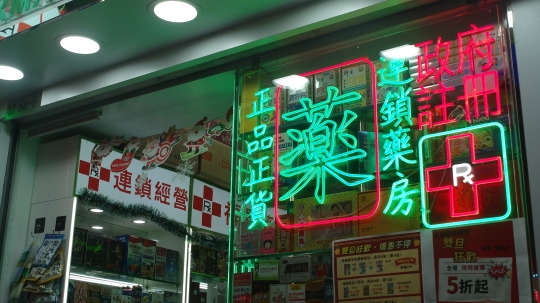
藥不藥
93 notes
·
View notes
Text
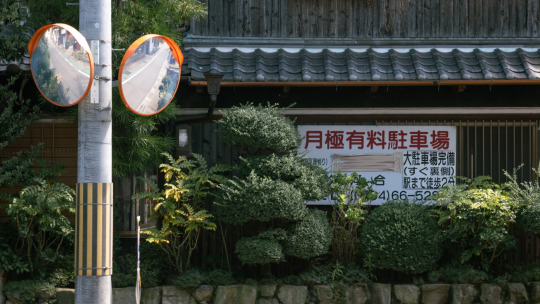
#aesthetic#photography#beauty#japan#nature#dramatic#romantic#japanese#life#nopeople#看板#日本#アジア#漢字#Asia
34 notes
·
View notes
Text

風物(Natural Features)
空[sora] = sky
雨[ame] = rain
海[umi] = sea
山[yama] = mountain
川[kawa] = river
#詩#poem#poetry#visual poetry#視覚詩#concrete poetry#japanese#現代詩#文学#visual poem#日本語#Nihongo#japanese langblr#japanese poem#japan#japanese language#learn japanese#langblr#kanji#漢字#vispo#poésie visuelle#poesia visiva#concrete poem#poesía concreta#konkretepoesie#typography#typographie#typografie#Art
82 notes
·
View notes
Text

1ヶ月位前から始めた痛い筆さばきシリーズです。『御岳印』(ごがくいん)と名づけて、これまで登った山を寝る前にしたためてます。
痛い文字ながらも、当時を思い出しながらしたためると、気持ちが落ち着いてきます。
痛くてお恥ずかしい。
60 notes
·
View notes
Text


𓇚 𝝩𝘆𝗽𝗲𝗽𝗼𝘀𝘁𝗲𝗿 : 心存善念 盡力而為 Typeface Used - Rany / Custom Type - Bear kindness in your mind and do your best. - - -
#posterdeaign#typedesign#lettering#graphicdesign#chinesetype#graphicradar#typography#poster#typeposter#logo#logodesign#logotype#customtype#goodtype#graphik#海報#字體海報#文字設計#做字#作字#標準字#海報設計#字体#漢字#디자인#타이포#인생도#타이포그래피#포스터#로고디자인제작
10 notes
·
View notes
